Introduction

Sigma 105mm 1:2.8 DG OS Macro HSM, a full frame lens with image stabilization, was released in 2011 and is a little bit old by now but is still in production and can be bought brand new and it has a good reputation. Worth to note that Nikon’s equivalent for F-mount (Nikon AF-S Micro Nikkor 105/2.8G) is five years older than this Sigma. Being macro lenses, they can give you good magnification (1:1 in this case) and at the same time they can also be used as portrait lenses. But of course, they also are good for compressed landscape images and candid photography. Because of its age it can be bought relatively cheap used, which makes it good value for money, if it appears to be good of course. Let’s see how good it is.
The sample images are taken with Nikon Z6 (FF, 24Mp) and Nikon D7200 (APS-C, 24Mp).
Sample Images



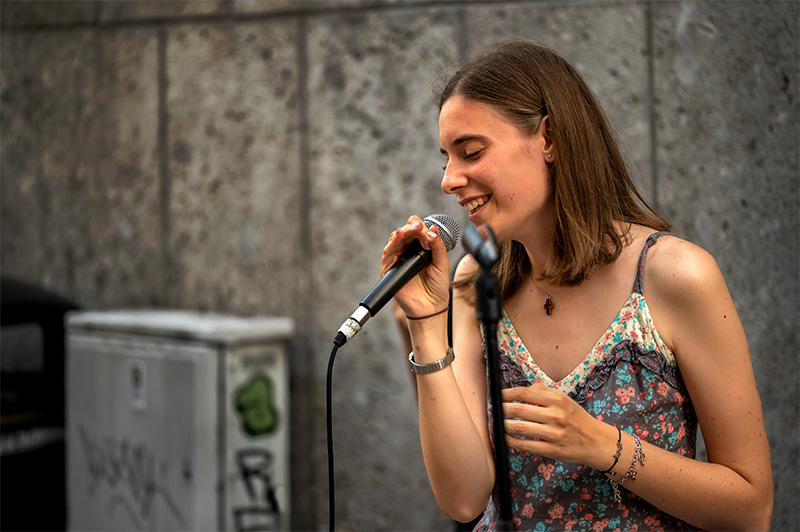





Most of the sample images in this review and many more can be found in higher resolution here.
Specifications
Focal Length: 105mm
Aperture Range: 2.8 – 22
Number of Aperture Blades: 9 (rounded)
Min Focus: 0.31 m
Filter Size: 62 mm
Lens Mount: Nikon F, Canon EF, Sigma SA, Sony/Minolta alpha
Weight: 700 g
Diameter x Length: 78 x 127 mm
Elements/Group: 16/11
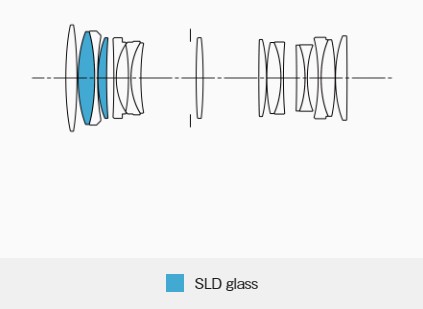
SLD = Special Low Dispersion glass
Variations
SIGMA SA and Sony mounts have been discontinued in production, but Nikon F and Canon EF are still in production, and can be bought new in 2023.
There is a predecessor to this lens “Sigma 105 F2.8 EX DG Macro”, with no “OS” or “HSM” in the name, which is without image stabilization from 2004, that one is not in production anymore.
There is also a newer version, Sigma 105mm F2.8 DG DN macro, from 2020 that is produced exclusively with Sony FE and L-Mount.

Handling
The lens is mainly built of plastic, and it feels plasticky but solid in your hands at the same time. There is a window on top of the barrel, through which you can see the focusing distance scale. There are three switches on the lens barrel:
- Autofocus limiter with three positions, A. Full, B. 0.45m-infinity, and C. 0.312-0.45m
- AF – M for switching the autofocus on or off
- Image stabilization button with three positions “OFF”, “1” for full stabilization, and “2” for stabilizing the vertical axis only.

- Sigma 105mm 1:2.8 DG Macro HSM
The autofocus motor is a ring-type ultrasonic autofocus. Autofocus is relatively silent and precise but it is slower than average. You can override the autofocus at any time with a wide rubberized focusing ring that turns smoothly and precisely. The barrel does not rotate when focusing. This lens incorporates an internal floating elements design, which moves two lens groups separately. This should minimize aberrations which occur as shooting distance changes and should enable stable rendering of the image from infinity to 1:1 magnification. This also corrects image distortion, especially when taking close-up pictures, according to Sigma.
All that means that focusing does not change the lens’ overall length, which is good. The lens comes with a plastic lens hood that fits firmly on the lens, there is also a “lens hood extender”, that is a plastic tube you can attach between the lens and the lens hood when you are using the lens on an APS-C camera to make the front element more recessed.

In general, because of the lens’s heavy weight and relatively long length, plus the adapter, the whole package with a mirrorless camera feels a little front heavy. There is no weather sealing gasket around the rear bayonet. On full frame cameras it reproduces 1x (1:1) magnification so the perceived magnification on APS-C cameras is 1.5x (compared to FF).
Optical Features
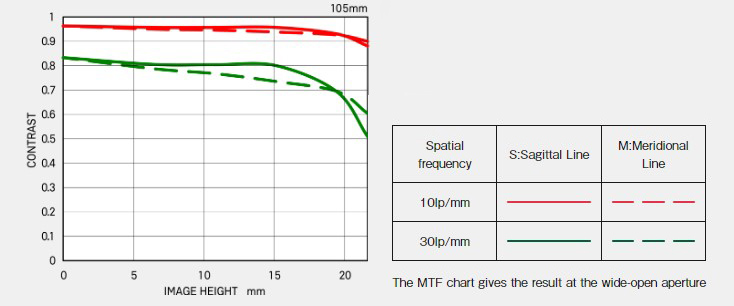
Judging just from the MTF chart the Sigma should have excellent sharpness and contrast across the whole image with no lateral CA or astigmatism. Let’s see how it translates to real life tests!
Sharpness (Infinity)
Generally, sharpness is a strong feature of all macro lenses, they normally can be sharp or very sharp and this Sigma does not disappoint in this regard. Let’s look at the center, midframe and corner of the frame.


Wide open at f/2.8 the center is excellent, mid-frame almost as good but not quite, and the corner, while good, softer than other parts.
At f/4 the mid-frame also gets excellent, but the corners get just a very tiny improvement.
Stopping further down improves the corner gradually to f/8, where even the corners are excellent.
This is a very good performance on a full-frame 24 MP sensor but on a 40+ Mp sensor you should expect a less impressive result. Some of the latest macro lenses also show better infinity corners at wider apertures.
Sharpness (Portrait)
Let’s look at the portrait distance (for a 105mm lens about 2.5 m) at the very center, center’s inner periphery and center’s outer periphery (points of interest for portraits) according to the following diagram.



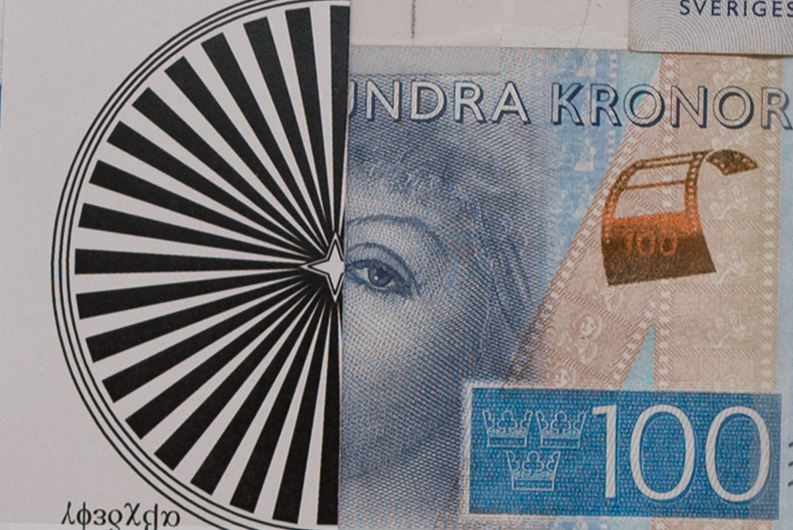


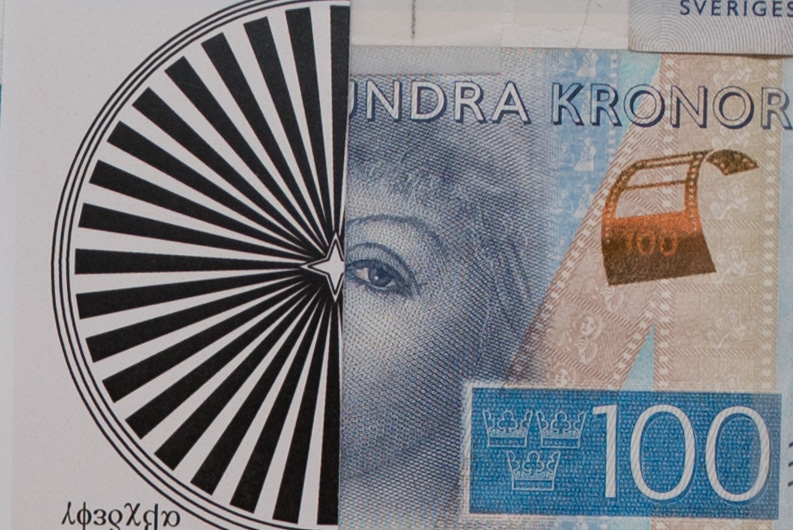
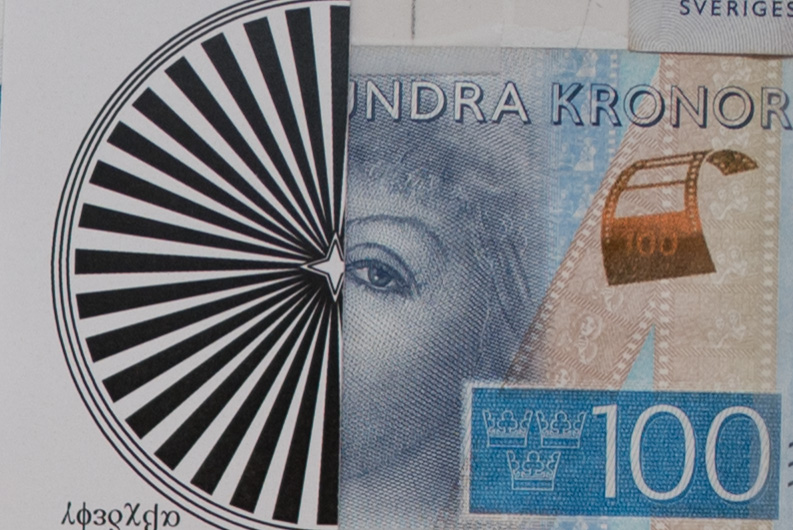


Sharpness and contrast are excellent, almost equally good at all three tested f-stops and at all three points. Note that the farthest test point (outer center periphery circle) is more or less at the midframe (or even closer) and the observed test results reflects the MTF chart that the contrast and sharpness should not degrade to at least the midframe, from which point the sharpness should get a little weaker towards the corner but the contrast should maintain its value to at least the edge of the frame. Great performance.
Sharpness (Close-up)
For close up we look at the image center. Note that due to the physics of all macro lenses when you go as close as to 1:1 magnification you get much less light than what the aperture value should let through. At 1:1 magnification when you set the aperture to its max opening (f/2.8) you actually get as much light as if it has been a f/5.6 aperture opening, and therefore the following chart starts at f/5.6, which in fact is the maximum aperture of this lens up close at 31cm.





MFD = Minimum Focusing Distance
Excellent sharpness right from wide open at f/2.8 up to f/11. Fantastic performance. You can see a very slight deterioration of the sharpness starting at f/11 but that is very small. At f/16 a little more decrease of the sharpness and at f/22 you can see the effect of diffraction the most.
Shaprness APS-C
Normally I do not test full frame lenses on APS-C sensors, but as with this lens there was a special accessory for APS-C users in the box (lens hood extender) and the manufacturer also advertises the lens as both FF and APS-C, I thought I’d make an exception just for fun. I don’t do it as extensively as for FF though. I use only one test chart at portrait distance for a 160mm lens (FF equivalent), which is about 3.5 meters. In one test chart we look at the center, center’s inner and outer periphery (which also is the same as mid-frame) and the corner of the image.
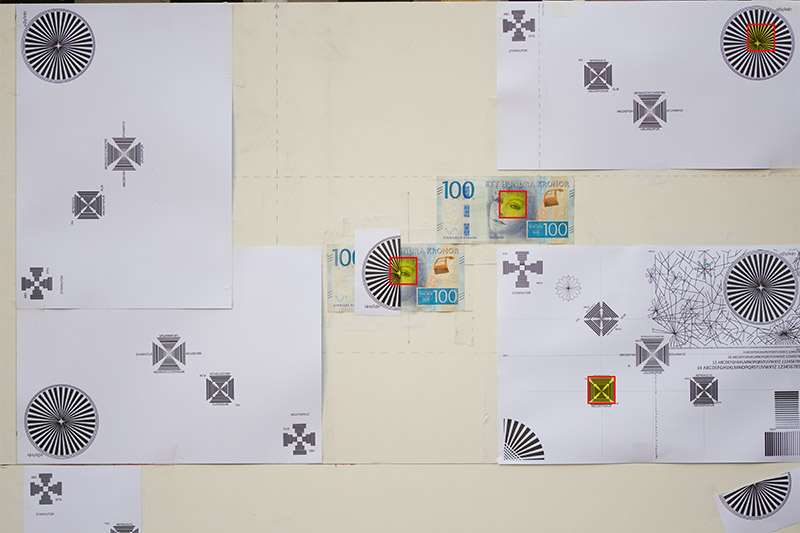
By physics laws we should expect that the diffraction effect would start showing up sooner (at larger apertures) than on FF. Let’s see!
At f/2.8 the center has good sharpness, but the contrast is low, it gets weaker towards the corner, where it is soft but completely usable.
At f/4 the center and the rest of the image get sharper.
At f/5.6 the sharpness and contrast are excellent in the center, and it seems that here the lens is at its peak performance.
At f/8, as expected, the diffraction makes the sharpness decrease in the center and the rest of the image.
At f/11 the image is noticeably softer and at f/16 it is very soft.
So, it’s just an average performance on APS-C. Well, although the results are good enough, there is not the same wow effect here. Remember though that this is a very tough test as the pixel density on an APS-C 24 Mp sensor is the same as a full frame sensor with 54 Mp.
Lens Distortion
As most of the macro lenses in this focal length range the distortion is very well corrected as you cannot see any in real life. The lens can without any distortion problem be used even for architecture photography.

Vignetting
Vignetting wide open at f/2.8 is just a little more than 1 EV, at f/4 it is about 2/3 of a stop and at f/5.6 it is about 1/3. At f/8 there is no vignetting at all. It is quite a good performance.

Flare Resistance
You can get quite a bit of glaring and ghosting with bright light sources like the sun in the picture. Although they can be avoided by changing the camera angle a little, it can ruin the image when it happens. That is the case for most of the lenses. Also, many of the macro lenses struggle in this respect.
1st image: Glaring + ghosting at several places, most obvious near center and further down to the right.
2nd image: Same as the 1st one
3rd: Glaring all over the image
4th: Glaring and ghosting
5th: No glaring or flaring at the same spot but change of the angle
Focus Shift
Good news here as there is no focus shift noticeable.

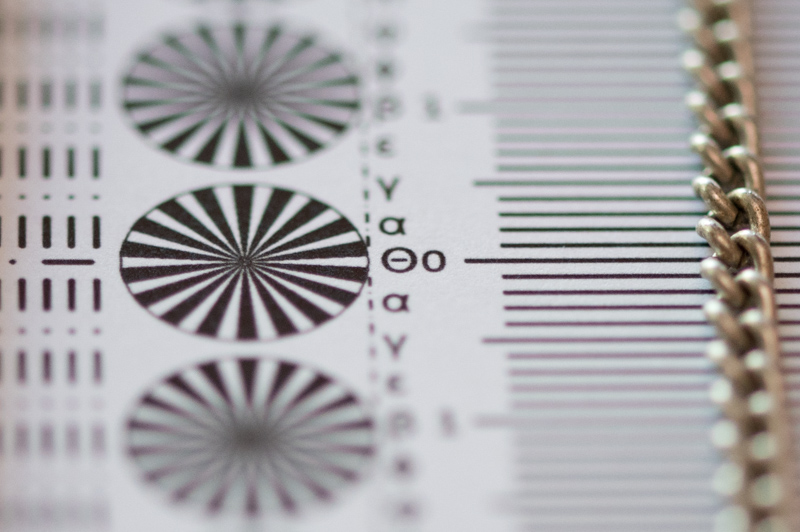



But, like most of the macro lenses, this Sigma has some LoCA as pink and green fringing at the widest aperture. It gradually reduces as you stop down. At f/8 it is completely gone. Also, worth mentioning that the LoCA is most prominent at macro distances and not a real issue when shooting portraits or long distances.
Chromatic Aberrations
The Lateral chromatic aberration is very well controlled, but the longitudinal chromatic aberration is noticeable at wider apertures until f/8.0 as could be seen in the previous section. For being a macro lens, this is not unusual and compared to Nikon’s own Micro Nikkor 105mm f/2.8G that I had in the past, this lens’s LoCA is much better.
Coma
Coma is not that relevant for tele lenses as they are normally not used for subjects that are coma sensitive. Anyway, I made a test that showed that this Sigma has some coma at wider apertures that does not disappear completely before you stop down to f/11.





Sunstars
Not a strength of this Sigma. It has 9 rounded aperture blades which result in rather fuzzy 18-pointed sunstars. To get those fuzzy sunstars you have to stop down to at least f/9. Here is an example taken at f/14 and the 100% crop of the wharf at the lower left of the image, where the sunstars are most visible.
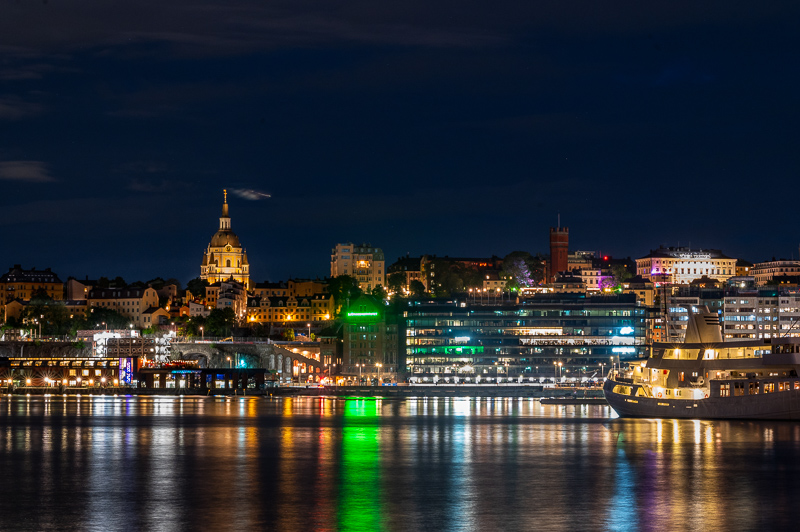

Focus Breathing
The lens suffers from severe focus breathing as almost all the macro lenses do. This is especially pronounced in the macro distance areas (0.32 m – 0.45 m). So, it is neither better nor worse than the competition.

Bokeh
Bokeh’s beauty is in the eyes of the beholder, and I think the 9 rounded aperture blades in combination with the 105mm focal length compression have done a lot of good to make the bokeh of this lens creamy and soft without harsh transitions. At MFD there is no discussion, all the macro lenses make the background just disappear in a curtain of softness, so I do not show any examples here but among the sample images in the beginning and the end of the review you can see many of them. Here I show at close distance for normal photography (not MFD), medium and long distance with extra weight on medium distance, important for portrait photography, the application many would use this is lens for.
Short Distance:


These are really beautiful bokeh renderings in normal background conditions, very soft with nice transitions, but let’s have a look at some more challenging backgrounds.
Medium Distance


Even in these two scenes; gravel road with background houses in both shade and sunlight respectively busy vegetation the bokeh is quite nice.
Medium to Long Distance
Let’s have a look at some more challenging backgrounds!

Background with light points, medium distance, no issues.

Medium distance with woods/vegetation in the background, it is among the most challenging backgrounds Not bad at all, the woods are not buttery smooth but not disturbing either.
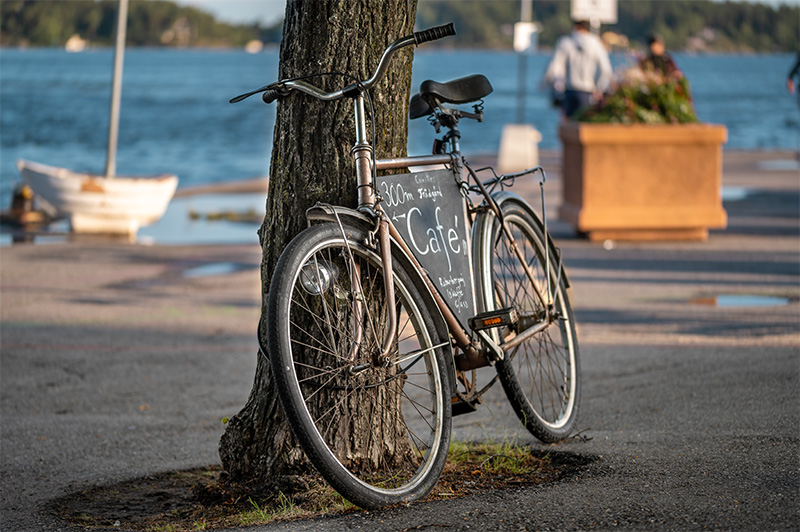
This is the most demanding background of the tested scenes, medium to long distance with somewhat agitated sea water and other objects in sunlight in the background. Even in this situation the lens has managed to render a quite nice bokeh.
Related to bokeh, the bokeh balls. There is a fair amount of optical vignetting at larger apertures. At macro distances it is meaningless to look at bokeh balls, so I chose to look at them at about 90 cm and 65 cm.
Left: 90 cm <–|–>Right: 65 cm
Conclusion
| I LIKE | AVERAGE | I DON’T LIKE |
| Sharpness (FF) Bokeh Distortion Vignetting |
Price Chromatic Aberration Sharpness on APS-C Camera Focus Breathing |
Size Weight |
All in all, this is a typical good double purpose tele macro lens. Very good sharpness, image stabilization and very nice bokeh makes a winning combination for a lens like this one. Of course, it could preferably be smaller and lighter, but it could compromise its optical quality. If you want to have a sharp macro lens that you also can use for portraits with nice bokeh, autofocus, and image stabilization it could be the lens for you, especially if you can find it at a good price. There are newer lenses that are better but more expensive.
If you are interested in buying this lens or any of the lenses in the Alternatives section, you can support our efforts by using the links below or given under each lens. It won’t cost you a penny and it won’t affect the price, but it will help us a little.
Buy Sigma 105mm 1:2.8 DG OS Macro HSM:
Buy new: amazon.com, amazon.de , amazon.co.uk,
amazon.fr ~ €395 (Affiliate links)
Buy used: ebay.com, ebay.de, ebay.co.uk, ebay.fr, ebay.com.au ~$200-$300 (Affiliate links)
Alternatives
Macro lenses in the 90-105mm focal range are one of the most popular lenses and actually the market is a little crowded with them. Again, as there are so many of them, I have to limit the number of lenses in this list and therefore some lenses will be left out.
Autofocus
Nikon Micro-Nikkor AF-S VR 105mm f/2.8 G IF-ED
Nikon’s AF macro of the same generation as the Sigma but 5 years older, better build quality and made of metal but not as sharp and worse LoCA. Nikon F mount.
Buy new: amazon.com, amazon.de, amazonco.uk, amazon.fr for $700 (Affiliate links)
Buy used: Buy used: ebay.com, ebay.de, ebay.co.uk, ebay.fr, ebay.com.au (Affiliate links)
Nikon NIKKOR Z MC 105mm f/2.8 VR S Macro
The most modern macro lens in the 90-105mm range for Nikon Z cameras. It is also the largest lens in this list. Extremely sharp, image stabilized, weather sealed, 1x maganification (1:1). Simply the best Autofocus tele-macro money can buy for your Nikon Z camera.
Buy new: amazon.com, amazon.de, amazonco.uk, amazon.fr for $1050 (Affiliate links)
Buy used: ebay.com, ebay.de, ebay.co.uk, ebay.fr, ebay.com.au (Affiliate links)
Tamron 90mm f/2.8 VC USD Macro F017
The latest incarnation of Tamron’s popular and very good 90mm macro from 2016, seems to have gone out of production, probably in favour for a newer version for mirrorless cameras, which has not been announced yet. I’ve heard that AF does not work with Nikon’s FTZ adapter on Z cameras (not tested myself).
Buy new: amazon.com, amazon.de, amazon.co.uk, amazon.fr for $ (Affiliate links)
Buy used: ebay.com, ebay.de, ebay.co.uk, ebay.fr, ebay.com.au (Affiliate links)
Tokina ATX-i 100mm f/2.8 FF Macro
A seemingly new lens from 2019 for Nikon F and Canon EF but actually the “same” lens as Tokina’s older version “Tokina ATX-Pro 100mm f/2.8” from 2006 in a new shape. The AF is of screw drive type (Like the old Nikon AF and AF-D lenses), which means it does not work on the new Z cameras and must be focused manually. Older optical design with very good performance. Tokina has actually a newer macro 100mm named “Tokina FiRIN 100mm f/2.8 FE Macro”, which surprisingly was released the same year as ATX-i (2019) but only for Sony E/FE mount and chose to to only reshape the old lens for Nikon and Canon.
Buy new: amazon.com, amazon.de, amazon.co.uk, amazon.fr for $430 (Affiliate links)
Buy used: ebay.com, ebay.de, ebay.co.uk, ebay.fr, ebay.com.au (Affiliate links)
Sigma 105mm F2.8 DG DN Macro Art
Sigma’s latest 105/2.8 released in 2020 but only with Sony E and L-mount. A more modern and complex optical design in Sigma’s premium ART series, about the same weight but 7mm longer, without image stabilization though. It is extremely sharp from the f/2.8, one of the few lenses that are equally sharp on FF and APS-C. Generally the optical and build quality is nice as most of the other Sigma Art lenses.
Buy new: amazon.com, amazon.de, amazon.co.uk, amazon.fr for $800 (Affiliate links)
Buy used: ebay.com, ebay.de, ebay.co.uk, ebay.fr, ebay.com.au ~$600 (Affiliate links)
Manual Focus
TTArtisan 100mm f/2.8 Macro T/S
Completely manual, no AF, no camera-controlled aperture, and no EXIF data. Normally not a big issue for macro photographers. Double the magnification power 2x (2:1). With Tilt & Shift function. You can buy it with Nikon Z, Sony FE, Canon RFm and L-mount directly from manufacturer’s online store or one of the other affiliate links.
Buy new: TTArtisan, amazon.com, amazon.de, amazon.co.uk, amazon.fr for $420-$460 (Affiliate links)
Buy used: ebay.com, ebay.de, ebay.co.uk, ebay.fr, ebay.com.au (Affiliate links)
Completely manual, no AF, no camera-controlled aperture, and no EXIF data. Normally not a big issue for macro photographers. Double the magnification power 2x (2:1). Winner of the TIPA World Award 2020 for best macro lens. One of the sharpest macro lenses with lowest LoCA and with 2x magnification power (2:1). You can buy it with Nikon Z, Sony FE, Canon RFm and L-mount directly from manufacturer’s online store or one of the other affiliate links.
Buy new: Venus Optics, amazon.com, amazon.de, amazonco.uk, amazon.fr for $499 (Affiliate links)
Buy used: ebay.com, ebay.de, ebay.co.uk, ebay.fr, ebay.com.au (Affiliate links)
Laowa 85mm f/5.6 2x Ultra Macro APO
Completely manual, no AF, no camera-controlled aperture, and no EXIF data. Normally not a big issue for macro photographers. Double the magnification power 2x (2:1). I included this one also because of its tiny size. With a size of only 53mm x 81mm it is about 30% of the reviewed Sigma and at 314g it is 55% lighter, it also offers 2x magnification too. It is two stops slower than all the other lenses, which is 4 times less light, It also means it is not a dual purpose lens like the others as f/5.6 is hardly an aperture most people use for portrait photography.
Buy new: amazon.com, amazon.de, amazon.co.uk, amazonfr for $449 (Affiliate links)
Buy used: ebay.com, ebay.de, ebay.co.uk, ebay.fr, ebay.com.au (Affiliate links)
ZEISS Milvus 100mm f/2 ZF.2 Macro
The most expensive of the bunch (almost 3 times more expensive than the Sigma) with the smallest magnification of all the lenses in the list, only 0.5x or (1:2). It is one of the sharpest lenses in the list but unfortunately with the worst chromatic aberration at wider apertures. The heaviest but not largest in the list (Nikon Z wins that category). It exists in Nikon F and Canon EF mounts only. Also good to know that this is the “same” lens as Zeiss Macro Planar 100mm f/2.8 just with a newer look.
Buy new: amazon.com, amazon.de, amazonco.uk, amazonfr for $1920 (Affiliate links)
Buy used: ebay.com, ebay.de, ebay.co.uk, ebay.fr, ebay.com.au (Affiliate links)
Voigtländer Macro APO lanthar 110mm f/2.5
This lens is produced only with Sony E mount, but I make an exception to name it as it has a very good build and handling quality among the manual lenses with very good sharpness and control of chromatic aberration and also adaptable to Nikon Z. It has 1x magnification (1:1). If you like smooth and pleasant manual handling this might be an option for you.
Buy new: amazon.com, amazon.de, amazon.co.uk, amazon.fr for $900 (Affiliate links)
Buy used: ebay.com, ebay.de, ebay.co.uk, ebay.fr, ebay.com.au (Affiliate links)
Samyang 100mm f/2.8 ED UMC Macro
From 2015, manual only with good center sharpness but generally I would recommend other manual options in this list. You can buy it new for about $380 to $499 depending on mount.
Buy new: amazon.com, amazon.de, amazon.co.uk, amazon.fr
Buy used: ebay.com, ebay.de, ebay.co.uk, ebay.fr, ebay.com.au (Affiliate links)
More Sample Images
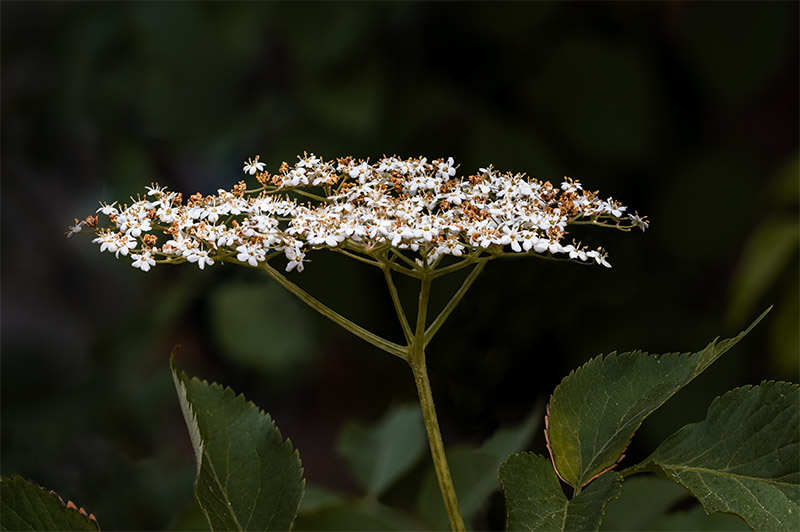


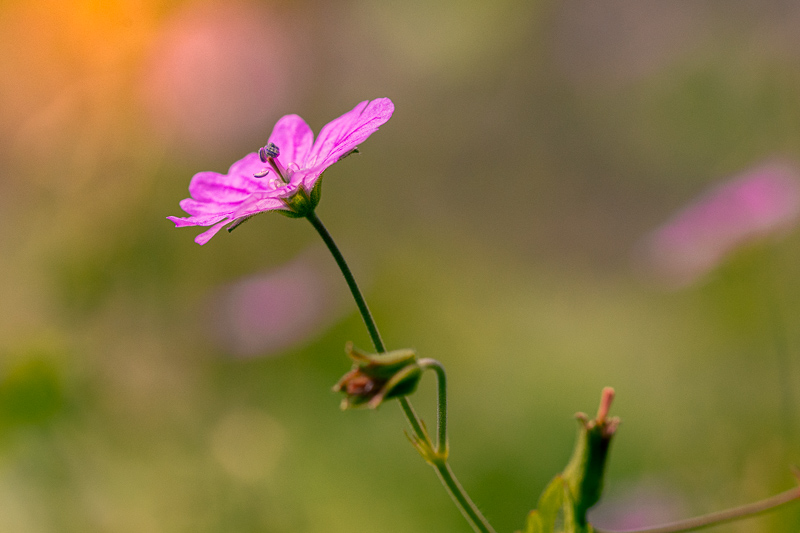









Most of the sample images in this review and many more can be found in higher resolution here.
Further Reading
- Review: Tamron SP AF 90mm F2.5
- Review: Tokina FiRIN 100mm F2.8 Fe Macro
- Review: Laowa 85mm 5.6 2:1 Macro
- Laowa 100mm F2.8 CA-Dreamer Macro 2x
- Review: Zeiss Makro-Planar 100mm F2
Support Us
Did you find this article useful or just liked reading it? Treat us to a coffee!
![]()

(Donations via Paypal)
This site contains affiliate links for which I may receive a small commission if you purchase via the links at no additional cost to you. This helps support the creation of future content.
Martin
Latest posts by Martin (see all)
- Analogue Photography: Part 5 – Kodak ColorPlus 200 at Nostalgic Car Show - January 7, 2026
- REVIEW: 7Artisans AF 24mm f/1.8 - January 4, 2026
- Analogue Photography: Part 4 – Ilford HP5 Plus at a Historical Engine Factory - December 3, 2025






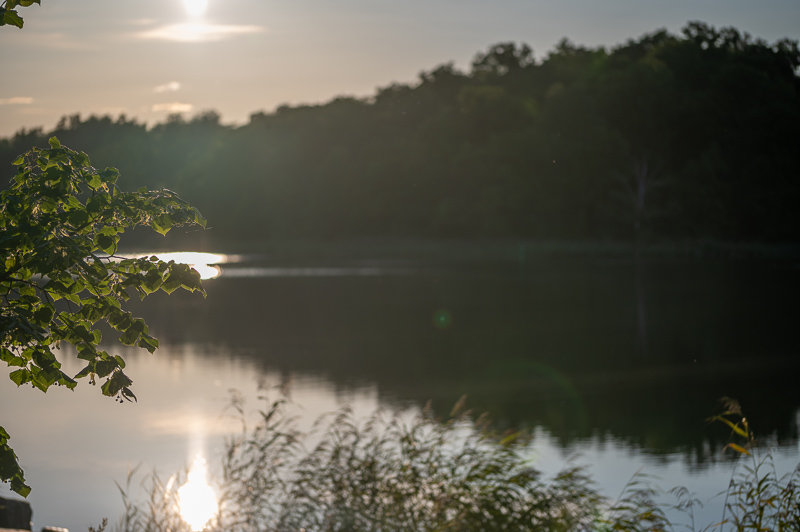








quite a thorough review, excellent images with a nice range. great read!
Many thanks.
Beware of the Tamron 90mm f/2.8 VC USD Macro F017.
It doesn’t work with the FTZ unless updated by tamron.
BUT will work with the Vitrox NF-Z straight.
Thanks for the tip, I put it in the article.
Excellent review ! I use this lens on a Sony a6000, and find it extremely sharp. I could also use it on my a7, but would then need an La-ea4 or 5, which I do not want to invest in at the moment.
What stacking software are you using ?
Manny Thanks, yes it’s quite sharp. I use either PS or Zerene stacker depending on the case.
“On full frame cameras it reproduces 1x (1:1) magnification so the perceived magnification on APS-C cameras is 1.5x (compared to FF).” I think the perceived magnification on APS-C cameras is 1x too.
When we compare two cameras with 24 Mp sensors, one with a full-frame (FF) sensor and one with an APS-C sensor, we can see a difference in how they capture the same object at the same magnification. For example, an 18 mm object on a FF sensor will occupy half of the frame length (18 mm / 36 mm) when the magnification is 1:1. However, on an APS-C sensor, the same object will occupy about three-quarters of the frame length (18 mm / 24 mm) at 1:1 magnification. This is because the APS-C sensor has a smaller field of view than the FF sensor. If we view both images in the same size windows, the object in the APS-C image will appear 1.5 times larger than the object in the FF image. You perceive the magnification of the APS-C camera 1.5x larger.
This magnification perception will be the same irrespective the sensor resolution, when you fill the viewing window with the whole picture without any cropping, the object in the APS-C window looks/is perceived 1.5x larger.
Thank you for an excellent thorough review. I also very much appreciated the quick review / summaries of the alternatives. That was very helpful for me.